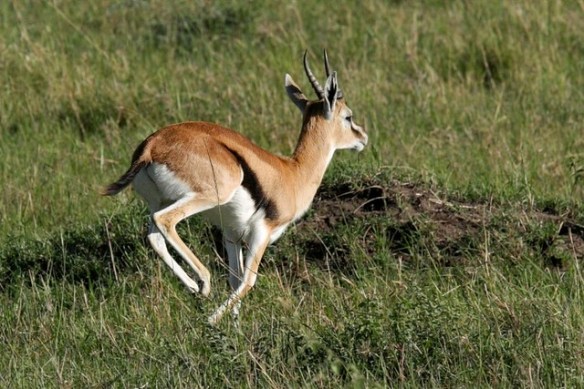 The Life Sciences building at the University of Idaho. Photo by jby.
The Life Sciences building at the University of Idaho. Photo by jby.Over at Nothing in Biology Makes Sense! I’m confronting my discovery that the University of Idaho, where I received my Ph.D., has hired an outspoken proponent of young-Earth creationism to teach its introductory microbiology course this semester:
I can, at least in principle, imagine a creationist professor who taught the contents of a microbiology curriculum, complete with the common descent of life on Earth, and never breathed a word of his personal beliefs in the classroom. Could Gordon Wilson—of all people—be that “gold-star” creationist?
I decided the only way to answer that question was to ask Gordon Wilson.
Wilson, you may recall, appeared on D&T before, many moons ago. To find out what he had to say for himself, go read the whole thing.◼








